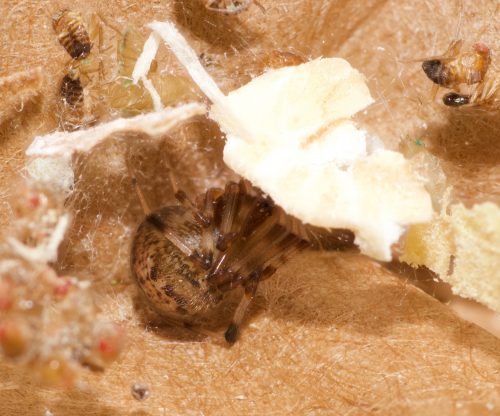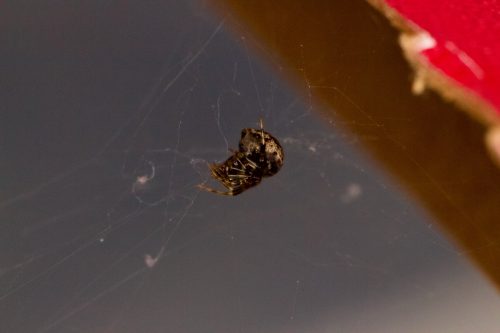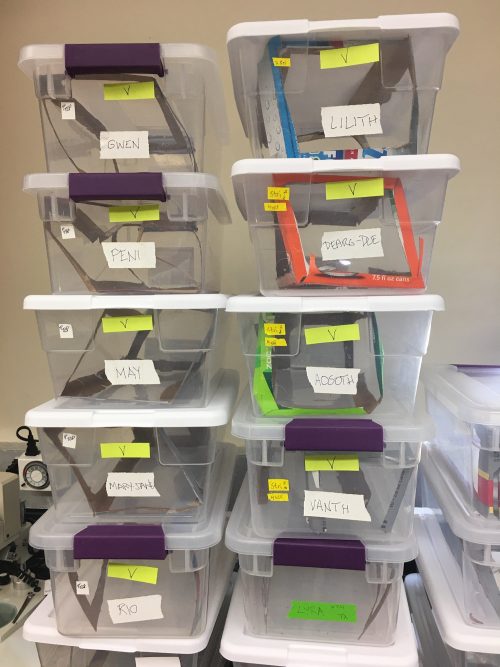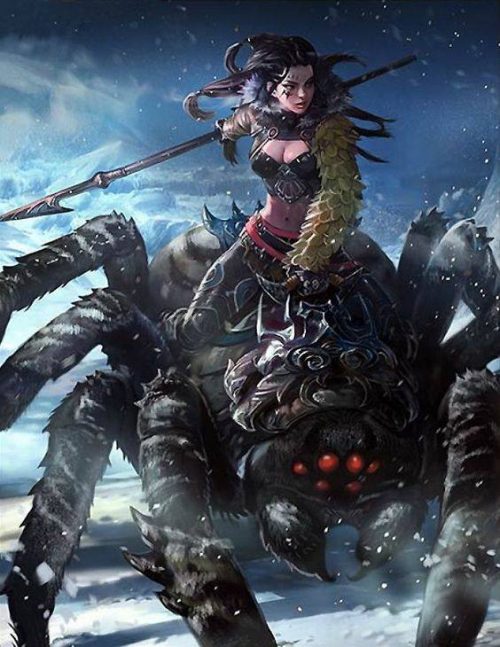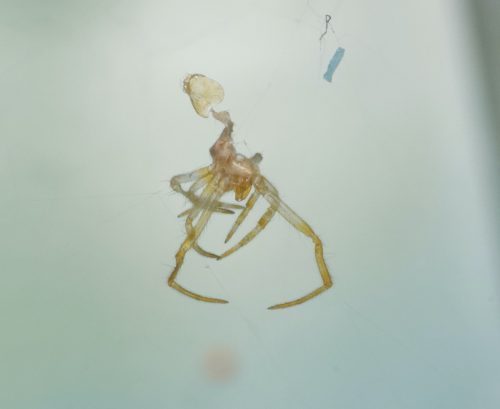Imagine this hurtling across the sand at you:
Unfortunately, there’s a limit.
The move doubles the spider’s speed, to 6.6 feet per second from 3.3. But since it uses so much energy, the maneuver is a last resort, called on only to escape predators.
“I can’t see any other reason,” Dr. Jäger said, adding: “It is a costly move. If it performs this five to 10 times within one day, then it dies.”
Don’t die, speedy spider! Slow down and take it easy! That’s what I tell myself every day.


